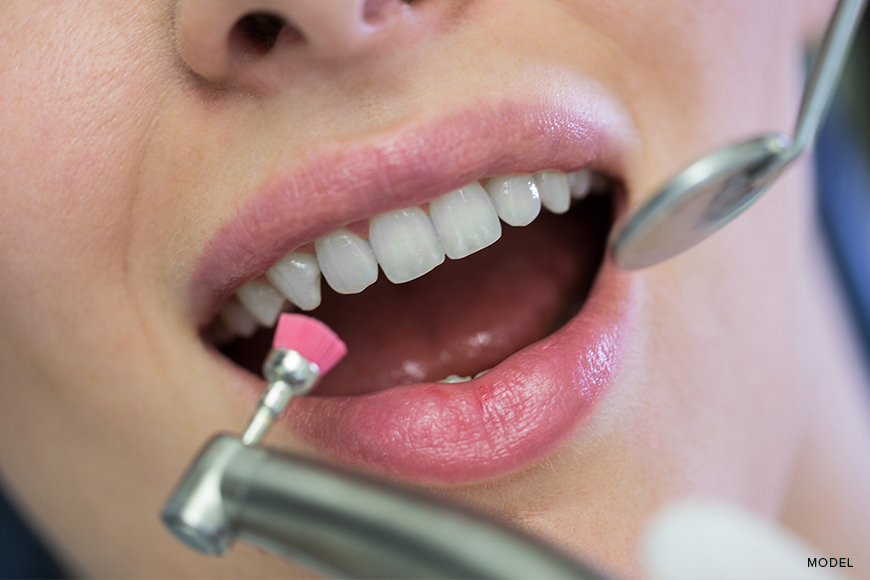When it comes to keeping your teeth healthy, taking preventive steps is key. Dentists often rely on procedures like dental sealants vs. dental fillings to protect and restore teeth.
Understanding Dental Sealants vs. Dental Fillings
When it comes to maintaining oral health, understanding the tools and treatments available is crucial. Two common procedures, dental sealants and dental fillings, serve distinct purposes in the fight against tooth decay. This article delves into the key differences between these two treatments, helping you make informed decisions for your dental care. Whether you’re looking to prevent cavities or treat existing ones, knowing the benefits and applications of sealants and fillings will guide you toward a healthier smile.
Dental Fillings
Revitalizing Teeth to Former Splendor in contrast to the preventive nature of dental sealants, dental fillings epitomize a reparative approach aimed at addressing teeth already afflicted by decay or cavities. Fillings serve to reinstate the structural integrity and functionality of the tooth, thereby forestalling further deterioration and decay.
Varieties of Dental Fillings Several iterations of dental fillings are available, each accompanied by unique attributes and considerations:
- Amalgam Fillings: Comprising an amalgamation of metals including silver, tin, copper, and mercury, amalgam fillings boast durability and cost-effectiveness. However, their conspicuous silver hue may present aesthetic concerns for certain individuals.
- Composite Fillings: Fashioned from a composite of plastic and glass materials, composite fillings exhibit a tooth-colored appearance that seamlessly blends with the natural tooth. They emerge as a favored choice for visible teeth, albeit potentially lacking the durability of amalgam fillings.
- Ceramic Fillings: Crafted from porcelain, ceramic fillings exude aesthetic appeal and demonstrate resistance to staining. They prove ideal for individuals harboring metal allergies, albeit at a premium cost relative to alternative fillings.
- Gold Fillings: Renowned for their longevity and durability, gold fillings are custom-fabricated in dental laboratories and entail multiple visits for completion. Nevertheless, their elevated cost and conspicuous appearance render them less favored among patients.
The Dental Filling Procedure
The process of administering a dental filling typically encompasses the following stages:
- Anesthesia: Local anesthetic is administered to desensitize the region surrounding the affected tooth, ensuring a painless experience.
- Tooth Preparation: The decayed segment of the tooth is excised using a dental drill or laser, affording a pristine foundation for the filling.
- Filling Placement: The selected filling material is applied to the prepared tooth, contoured to fit the cavity, and solidified using a curing light.
- Bite Adjustment: The dentist evaluates the alignment and occlusion of the filling, effecting requisite adjustments for optimal fit.
- Polishing: The filling undergoes polishing to rectify any irregularities and impart a natural appearance.
Longevity of Dental Fillings
The durability of dental fillings is contingent upon various factors including the filling material employed, oral hygiene practices, and the dimensions and location of the filling. On average, amalgam fillings boast a lifespan of 10-15 years, whereas composite fillings endure approximately 5-10 years. Regular dental examinations and adherence to sound oral hygiene habits are instrumental in preserving the durability of dental fillings.
Considerations in Selecting Dental Fillings
In determining the optimal dental filling, several factors necessitate consideration:
- Aesthetics: For fillings occupying visible regions during smiling or conversing, tooth-colored composite or ceramic fillings may be deemed preferable.
- Durability: Amalgam and gold fillings are renowned for their resilience and longevity, rendering them suitable for teeth subjected to considerable masticatory forces.
- Allergies: Individuals harboring sensitivities or allergies to specific metals such as mercury or nickel should engage in discourse with their dentist to ascertain the safety of the chosen filling material.
- Cost: The diverse array of filling options is accompanied by varying costs, warranting a deliberative assessment aligned with individual budget constraints and dental insurance coverage. “
Dental Sealants
Dental sealants represent a proactive approach to shield teeth against the onset of dental caries. Specifically targeting the chewing surfaces of premolars and molars, known for their intricate grooves and fissures prone to harboring food debris and bacteria, dental sealants function by creating a smooth barrier that facilitates easier cleansing and mitigates the susceptibility to decay.
Advantages of Dental Sealants
Dental sealants offer a plethora of benefits for individuals across different age groups:
- Cavity Prevention: By erecting a protective barrier, dental sealants serve as a bulwark against the formation of cavities.
- Facilitated Maintenance: Sealants streamline the process of cleansing the tooth’s surface, thereby diminishing the likelihood of plaque accumulation.
- Economical Solution: In comparison to dental fillings, sealants are deemed more cost-effective, particularly owing to their preventive nature.
- Painless Procedure: The application of dental sealants is devoid of discomfort, obviating the need for anesthesia.
Duration of Dental Sealants
The lifespan of dental sealants typically spans up to two years, subject to variables such as oral hygiene practices, dietary habits, and wear and tear. Regular dental check-ups are indispensable for monitoring the integrity of the sealants and gauging the necessity for replacement.
Contact us now at Madison Dentistry & Implant Center to secure your consultation. Don’t wait, take action now and invest in your oral health for a brighter future. We look forward to serving you and providing you with the exceptional dental care you deserve!




